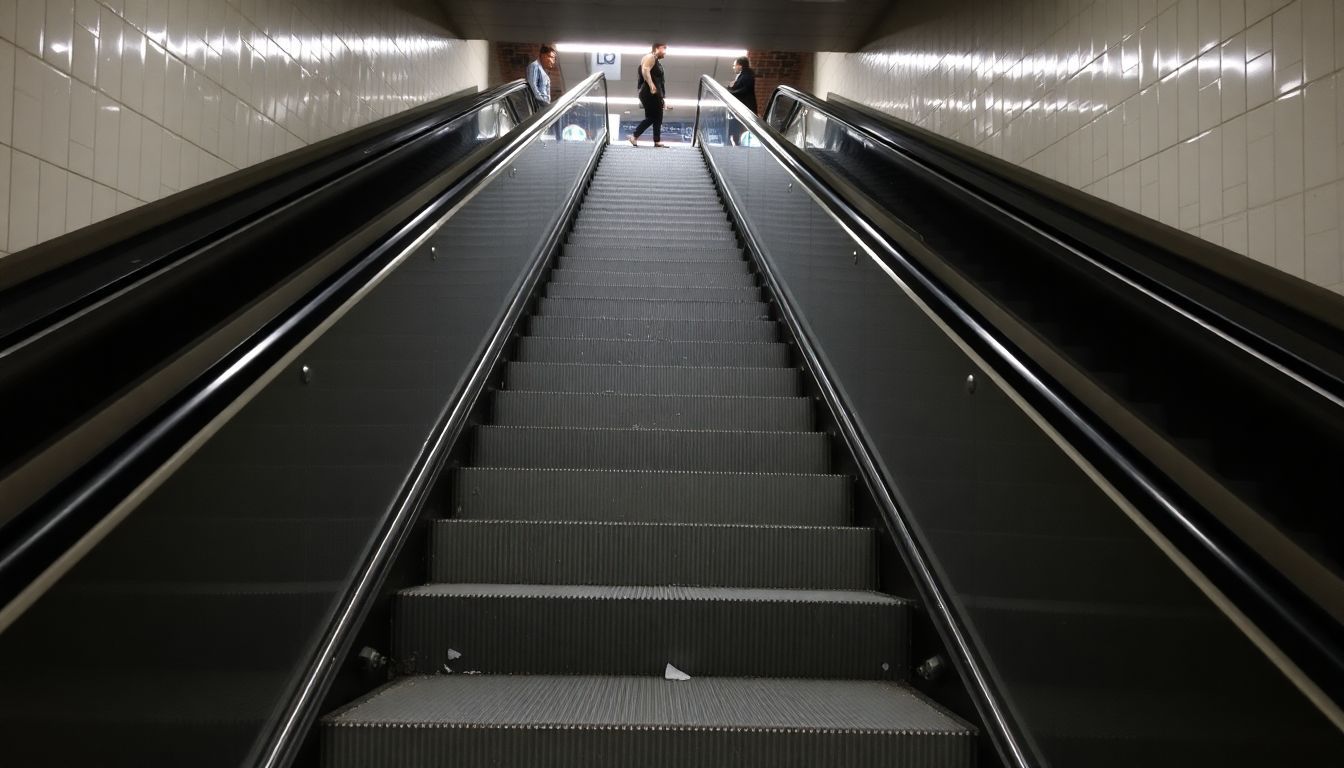Escalator accidents can cause serious injuries and leave victims confused about who’s responsible. Each year, about 10,000 people in the U.S. visit emergency rooms due to escalator-related injuries.
This article will explain liability in escalator accident cases and outline steps to take if you’re hurt. Learn how to protect your rights after an escalator incident.
Key Takeaways
- Escalator accidents cause about 10,000 emergency room visits yearly in the U.S., with falls making up 75% of these incidents.
- Property owners, maintenance companies, manufacturers, and negligent individuals may share liability for escalator accidents.
- Victims should seek medical care, report the incident, gather evidence, and consult a lawyer to protect their rights after an escalator accident.
- Manufacturers can be held liable for defective escalators under product liability laws, as seen in cases involving faulty parts like overspeed governors.
- Legal claims for escalator accidents must be filed within state-specific time limits and require proving the property owner’s negligence caused the injury.
Common Causes of Escalator Accidents

Escalator accidents happen for many reasons. Falls cause about 75% of these mishaps, often due to broken steps, loose handrails, or slippery surfaces. Sudden stops, speed changes, or direction shifts can throw riders off balance.
Overcrowding, especially in busy places like airports, leads to pushing and falls. Maintenance issues play a big role too. Broken parts, missing steps, and faulty controls can cause serious harm.
My experience as a safety inspector has shown that proper upkeep is key. Escalators weigh about six tons and need frequent checks. The Technical Standards and Safety Authority requires thorough testing.
Yet, some owners skimp on maintenance, risking rider safety. Injuries from these accidents send nearly 10,000 people to U.S. emergency rooms each year. Next, we’ll look at who’s responsible when these accidents occur.
Determining Liability in Escalator Accidents
Moving from the common causes of escalator accidents, we now focus on determining liability in these incidents. Liability in escalator accidents often involves multiple parties. Property owners, maintenance companies, manufacturers, and negligent individuals may all share responsibility for an accident.
The process of identifying who is at fault requires a thorough examination of the circumstances leading to the incident.
Establishing negligence is key to determining liability in escalator accidents. This involves proving that a duty of care existed and was breached, resulting in injury. For example, property owners must ensure regular maintenance and inspections of escalators.
Failure to do so could be seen as a breach of duty. Manufacturers may be held liable if a defect in the escalator’s design or production caused the accident. Victims seeking compensation for injuries and losses should gather evidence and consult with an attorney to strengthen their case.
Identifying responsibility in escalator accidents requires a careful analysis of all contributing factors.
Property Owners’ Responsibilities
Property owners must keep escalators safe for everyone. They need to do regular checks and fix any problems quickly. This means following all building rules and safety laws. Owners should hire experts to inspect the escalators often.
They must also put up clear signs when an escalator is broken or being fixed. If they don’t do these things, they could be blamed for accidents.
I’ve seen firsthand how important these duties are. Once, I visited a mall where a broken step caused someone to fall. The owner hadn’t done proper checks, and it led to a serious injury.
This shows why owners must take their job seriously. They should train their staff to spot issues and act fast. By doing this, they protect people and avoid legal trouble.
Manufacturer’s Faults in Escalator Incidents
While property owners bear responsibility for escalator safety, manufacturers also play a crucial role. Escalator makers must design and produce safe, reliable equipment. Sadly, manufacturer faults can lead to serious accidents.
Common issues include mechanical failures and design defects. These problems may cause sudden stops or step malfunctions, putting riders at risk.
I once witnessed an escalator malfunction at a busy mall. The steps jerked violently, causing several people to stumble. Later, we learned a faulty overspeed governor was to blame.
This part controls escalator speed and should prevent dangerous acceleration. Victims of such incidents may seek compensation from manufacturers for injuries caused by defective escalators.
Product liability laws hold companies accountable for harm caused by their faulty products. Proper maintenance is also key, but even this can fail if manufacturer guidelines are unclear or inadequate.
Steps to Take After an Escalator Accident
After an escalator accident, quick action is crucial. Taking the right steps can protect your health and legal rights.
Seek Medical Attention
Get medical help right away if you’re hurt in an escalator accident. Every year, about 10,000 people in the U.S. go to emergency rooms because of escalator injuries. Quick care helps prove when your injuries happened, which is key for your case.
Doctors will check you out and start treatment, creating important records for your claim.
Keep track of all your medical visits and costs after an escalator incident. These records show how badly you were hurt and what it cost to get better. They’re strong proof if you need to ask for money to cover your bills.
Don’t wait to see a doctor, as this might make it harder to link your injuries to the accident.
Report the Incident
After an escalator accident, report the incident right away. Tell the property manager or owner about what happened. Give them clear details about the event. Include the date, time, and exact location of the accident.
Describe any injuries you got and how they occurred. This quick action helps create an official record of the incident.
Gather witness information if possible. Ask for names and contact details of people who saw the accident. Request a copy of any incident reports filed. If you can, take photos of the accident scene and your injuries.
These steps help build a strong case if you need to file a claim later. They also alert the property owner to fix any unsafe conditions quickly.
Legal Steps for Escalator Accident Claims
Legal action after an escalator accident requires careful planning. Victims must gather evidence, file claims, and work with lawyers to seek fair compensation.
Elevator Accident Lawsuits: A Step-by-Step Guide
Elevator accident lawsuits can be complex legal processes. This guide outlines the steps to take when pursuing a claim for elevator injuries.
- Seek medical care right away. Your health is the top priority after an accident. Prompt treatment creates a record of your injuries.
- Report the incident to the property owner or manager. Ask for a written accident report and get a copy for your records.
- Gather evidence at the scene. Take photos of the elevator, your injuries, and any hazards. Get contact info from witnesses.
- Keep all medical bills and records. These will help prove your damages in a lawsuit.
- Don’t give statements to insurance companies. They may try to use your words against you later.
- Contact a premises liability lawyer. An expert can guide you through the legal process and protect your rights.
- File a legal claim within the time limit. Each state has a deadline, called a statute of limitations, for filing lawsuits.
- Prove the property owner’s duty of care. Show they knew or should have known about the unsafe elevator.
- Show how the owner’s negligence caused your injury. Link their failure to fix issues to your accident.
- Document all damages from the accident. Include medical costs, lost wages, and pain and suffering.
- Negotiate a fair settlement or go to trial. Your lawyer will fight for the most compensation possible.
- Collect your award if you win. The court will order the at-fault party to pay your damages.
The next section covers the key duties property owners have to keep elevators safe.
Conclusion
Escalator accidents can lead to serious injuries and complex legal issues. Victims must act quickly to protect their rights and seek fair compensation. Understanding liability helps injured parties navigate the legal process more effectively.
Proper legal guidance can make a big difference in the outcome of escalator accident cases. Taking prompt action and knowing your rights are key steps in pursuing justice after an escalator incident.
FAQs
1. Who bears responsibility in escalator accident cases?
Liability in escalator accidents often falls on property owners, maintenance companies, or manufacturers. These parties have a duty to ensure safe operation and proper upkeep of escalators. Determining fault requires a thorough investigation of the accident’s circumstances and the escalator’s maintenance history.
2. What evidence is crucial in proving liability for an escalator injury?
Key evidence includes maintenance records, security camera footage, witness statements, and expert testimony. Accident reports and medical records also play a vital role. This information helps establish negligence or product defects, which are essential in building a strong case for compensation.
3. How long do I have to file a claim after an escalator accident?
The time limit, known as the statute of limitations, varies by state. Generally, you have between one to three years to file a lawsuit. Acting promptly is crucial, as waiting too long may result in losing your right to seek compensation. Consult a lawyer immediately after an accident to protect your legal rights.
4. What types of compensation can victims seek in escalator accident cases?
Victims may pursue damages for medical expenses, lost wages, pain and suffering, and emotional distress. In severe cases, compensation for long-term care or disability might be available. The specific amount depends on factors like injury severity, impact on quality of life, and the strength of evidence supporting the claim.
References
- https://www.lawyers24-7.com/escalator-accidents-understanding-liability-and-seeking-compensation-in-ny/ (2023-07-21)
- https://www.rmkinjurylaw.com/blog/what-are-the-most-common-causes-of-escalator-accidents/
- https://www.akdlawyers.com/personal-injury/elevator-escalator-accidents-liability/
- https://www.hurwitzfine.com/content/PDF%20Files/VCP%26SDK%20TICL.pdf
- https://pinderplotkin.com/escalator-injuries/
- https://www.grantlawoffice.com/blog/premises-liability/determining-the-fault-of-an-elevator-or-escalator-accident/ (2023-11-20)

